

The Ultimate Guide to the Bleeding Heart Plant: Care, Types, and More
Introduction
The bleeding heart plant is a beloved perennial. Its heart-shaped flowers add charm to any garden. This plant thrives in various settings and is easy to care for. Whether you have a cottage garden or a shaded corner, it fits perfectly.
If you’re looking to expand your gardening repertoire, consider planting bleeding heart plant seeds. These charming plants are perfect for adding a whimsical touch to your garden, and the growing process can be a fun adventure!
Summary and Overview
The bleeding heart plant, scientifically known as Dicentra spp., is a delightful addition to gardens. Native to Asia and North America, it boasts around 20 species. The most recognized type is the old-fashioned bleeding heart, Dicentra spectabilis. This stunning plant can grow 6 to 36 inches tall, with blooms in shades of pink, red, and white.
Bleeding hearts prefer partial shade and well-draining, moist soil. They flourish in USDA Zones 3 to 9, making them versatile for various climates. Gardeners appreciate these plants for their unique appearance and low maintenance. They often serve as focal points in shaded areas, adding a romantic touch to landscapes. However, be cautious, as all parts of the plant are toxic to both humans and pets.
If your garden needs a boost, consider using organic compost. It’s the secret ingredient to enrich your soil and help your plants thrive like never before!

What is the Bleeding Heart Plant?
The bleeding heart plant belongs to the Dicentra genus. Its unique flowers resemble delicate hearts, hanging from elegant stems. Common colors include pink, red, and white, creating a stunning display. The foliage is typically blue-green or gold, enhancing its visual appeal.
The name “bleeding heart” reflects the flower’s shape and color, resembling a heart with a droplet. These plants thrive in shady spots, often found in woodland gardens. They prefer rich, moist soil, making them ideal for areas with partial sunlight. Whether in a garden bed or a container, the bleeding heart plant brings a touch of whimsy and beauty.
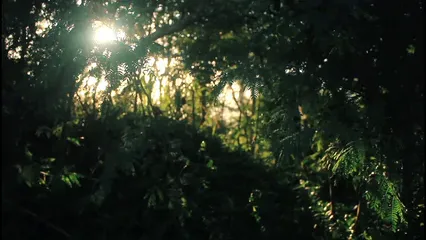
How to Plant and Grow Bleeding Heart
Planting bleeding heart plants is a rewarding experience. Follow these steps for success!
Best Time to Plant
The ideal time to plant bleeding heart is in early spring. This timing ensures they settle in before the heat of summer. If you have container-grown plants, you can plant them almost anytime. Bare-root varieties need to be planted after the last frost.
Preparing the Soil
Choose a site with well-draining soil. Bleeding hearts thrive in rich, organic matter. You can enhance your soil by mixing in compost or aged manure. Aim for a slightly acidic to neutral pH for optimal growth. For more detailed guidance on soil preparation, check out the garden soil preparation guide.
Proper soil preparation is vital for the health of your plants. Learn more about soil preparation techniques here.

Planting Techniques
For container-grown plants:
- Dig a hole about twice the width of the container.
- Ensure the top of the root ball is level with the ground.
- Backfill the hole with soil and water it thoroughly.
For bare-root plants:
- Soak the roots in water for about an hour before planting.
- Dig a hole at least 12 inches deep.
- Shape a mound of soil in the center for proper root positioning.
- Place the roots on the mound and fill in with soil, then water well.

Watering Needs After Planting
Once planted, keep the soil consistently moist but not soggy. Watering weekly is usually sufficient. Adjust your schedule based on rainfall and temperature. These plants prefer a humid environment, so if the air is dry, consider misting them occasionally.
Care Tips for Bleeding Heart Plants
To ensure your bleeding heart plants thrive, follow these essential care practices.
Watering Schedule and Soil Moisture
Bleeding hearts enjoy moist, well-draining soil. Water them deeply once a week, providing about an inch of water. Keep an eye on the soil; it should be damp but never waterlogged. During extremely hot weather, you might need to water more frequently.
Fertilization Tips
These plants are generally low-maintenance but can benefit from fertilization. If your soil isn’t rich, consider using a slow-release fertilizer in early spring. This will provide the nutrients needed for healthy growth.
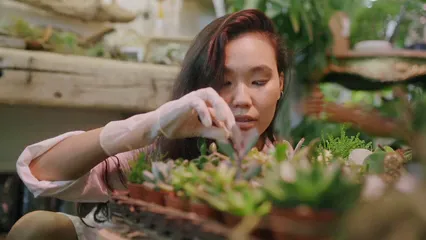
Light Requirements and Temperature Preferences
Bleeding hearts flourish in partial shade. They love morning sun but need afternoon shade to protect them from harsh heat. Ideal temperatures range from 55°F to 75°F. Too much heat can cause them to wilt, so ensure they have enough cover.
Common Pests and Problems
Bleeding heart plants are mostly pest-resistant. However, they can occasionally face issues with aphids or spider mites.
Signs of Pest Infestations
Look for yellowing leaves or webbing on the plants. Aphids may cluster on new growth, causing it to curl or distort. Regular checks can help catch these pests early.

Preventive Measures and Treatment Options
To keep these pests at bay, maintain good airflow around your plants. If you notice an infestation, treat it with a strong spray of water to dislodge pests. For stubborn cases, consider using insecticidal soap or neem oil, both effective and organic solutions.
With these tips, your bleeding heart plants can flourish, providing beauty and charm to your garden for years to come!
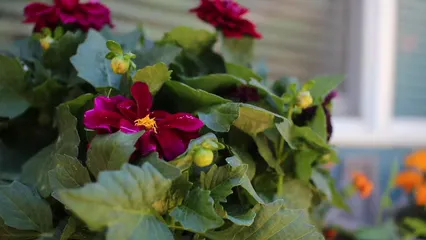
Propagation Techniques
Propagating bleeding heart plants is simple and rewarding. You can use division or root cuttings for successful growth.
Best Times for Propagation
The best time to propagate is in early spring. This allows the plant to establish roots before the heat of summer arrives.
Techniques for Division and Root Cuttings
For division, gently dig up the plant. Use a sharp spade to cut it into sections, ensuring each piece has roots and stems. Replant immediately in well-draining soil.
For root cuttings, start by watering the plant well. Carefully lift it from the ground, then take a section of the root with at least two growth nodes. Place this section in moist sand, covering it lightly. Keep the sand moist and in low light until roots develop.
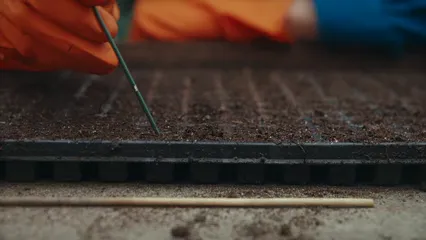
Care After Propagation
After propagating, water the new plants thoroughly. Maintain consistent moisture without waterlogging. Keep them in partial shade until they’re established, then move them to their final spots.
With these techniques, your bleeding heart plants will thrive, adding beauty to your garden.

Types of Bleeding Heart Plants
Bleeding heart plants come in various types, each with unique features. Let’s explore some popular varieties.
Old-Fashioned Bleeding Heart (Dicentra spectabilis)
This classic variety grows 2 to 3 feet tall. It features arching branches adorned with heart-shaped blooms that are typically pink. Notably, this plant goes dormant in summer, making it unique among its kin.
‘Gold Heart’ Bleeding Heart
This variety stands out with its striking chartreuse foliage. It produces lovely pink flowers, creating a vibrant contrast that adds interest to any garden.
White Old-Fashioned Bleeding Heart (Dicentra spectabilis ‘Alba’)
If you prefer white blooms, this variant is perfect. Its pure white flowers create a serene and elegant look, especially in shaded areas.
Dutchman’s Breeches (Dicentra cucullaria)
This species showcases unique, upside-down, pants-shaped flowers. It thrives in shady gardens, making it an excellent choice for those low-light spots.
Fringed Bleeding Heart (Dicentra eximia)
Unlike its ephemeral relatives, this plant blooms continuously under cooler conditions. Its delicate flowers add charm, making it a fantastic choice for perennial gardens.
‘King of Hearts’ Bleeding Heart
This variety offers a lush mound of foliage with abundant pink blooms throughout the season, ensuring your garden remains colorful.
Western Bleeding Heart (Dicentra formosa)
Native to western forests, this plant can thrive with adequate watering, making it a resilient choice for gardeners.
‘Langtrees’ Bleeding Heart
This is a white variant that also blooms continuously under cool conditions, adding a lovely touch to your garden.
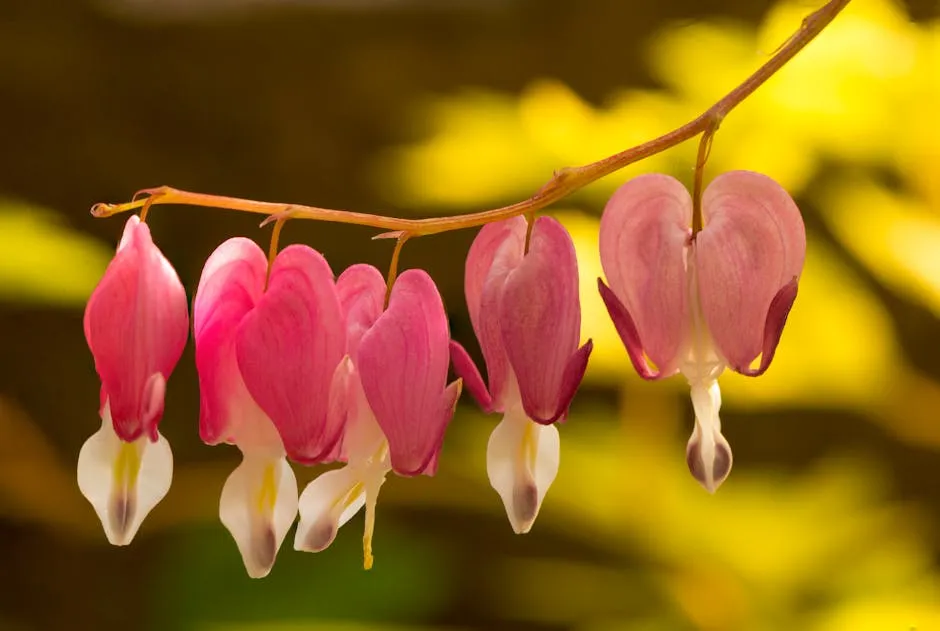
Each type of bleeding heart plant has its charm, ensuring there’s a perfect option for every gardener. If you’re looking to label your plants, consider plant labels to keep track of your garden’s diverse flora!
Companion Plants for Bleeding Heart
Companion planting enhances garden aesthetics and plant health. Here are some excellent choices to pair with bleeding heart plants.
Benefits of Companion Planting
Growing compatible plants together can improve health and reduce pests. It creates a more vibrant garden while maximizing space.
Specific Plant Recommendations
- Hosta: This shade-loving plant offers various leaf shapes and colors. Its lush foliage complements the delicate bleeding heart blooms beautifully. For more information on hosta care, check out our hosta plants guide. You can also get your own hosta plant for that perfect garden vibe!
- Heartleaf Brunnera: Known for its tiny blue flowers and fuzzy heart-shaped leaves, this plant thrives in partial shade, making it a perfect partner.
- Lungwort: With its early spring blooms in blue, pink, or white, lungwort retains good looks throughout the season. It pairs well with bleeding hearts, adding more color to your garden.
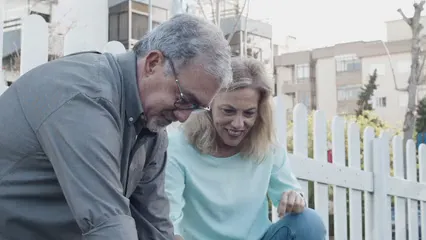
Color and Texture Combinations
Combining these plants creates a stunning visual display. The bold foliage of hostas contrasts nicely with the delicate heart-shaped blooms of bleeding hearts. Together, they make shaded areas come alive, creating a peaceful yet vibrant garden space.
Consider these companions to enhance your bleeding heart garden! And don’t forget to keep your plants healthy with a soil moisture meter to monitor their hydration needs!
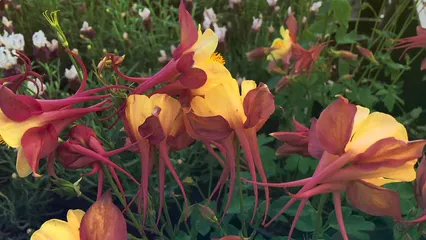
Conclusion
In summary, the bleeding heart plant is a stunning addition to any garden. Its unique heart-shaped flowers and lush foliage bring beauty and charm. With minimal care requirements, it’s perfect for both novice and experienced gardeners. This perennial thrives in shaded areas, making it an excellent choice for creating captivating landscapes. If you’re looking to enhance your garden’s appeal, consider adding a bleeding heart plant. You won’t regret it!
And if you want to enjoy your garden even more, consider an outdoor garden lighting setup to illuminate your nighttime garden adventures!
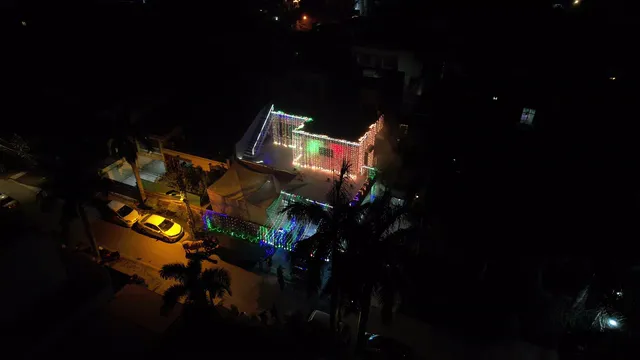
FAQs
How long does a bleeding heart plant live?
Bleeding heart plants typically live for about three to four years. Factors like soil quality, sunlight, and water can affect their lifespan. Regular division can rejuvenate the plants, promoting healthier growth and extending their life.
Do bleeding heart plants require full sun?
No, bleeding heart plants prefer partial shade. They thrive with morning sun and afternoon shade. Too much direct sunlight can cause wilting and stress, so finding a balance is key for their success.
Are bleeding heart plants toxic to pets?
Yes, bleeding heart plants are toxic to pets. All parts of the plant can be harmful if ingested. If you have pets, it’s essential to keep these plants out of their reach to ensure their safety.
Can bleeding heart plants be grown in containers?
Absolutely! Bleeding heart plants do well in containers. Select a pot with drainage holes and use rich potting soil. Ensure the container is placed in a spot with partial shade to keep the plant healthy and blooming.
What is the best time to plant bleeding heart?
The best time to plant bleeding heart is in early spring. This timing allows the plants to establish roots before summer heat arrives. If planting bare-root varieties, make sure to do so after the last frost for optimal results.
Please let us know what you think about our content by leaving a comment down below!
Thank you for reading till here 🙂
All images from Pexels



